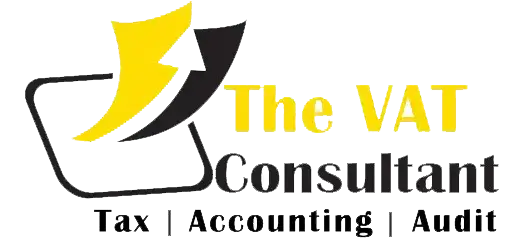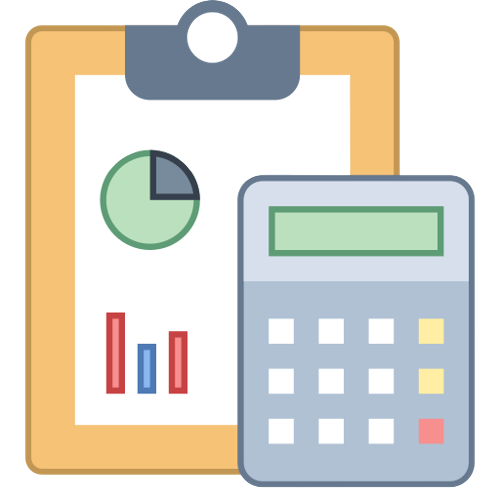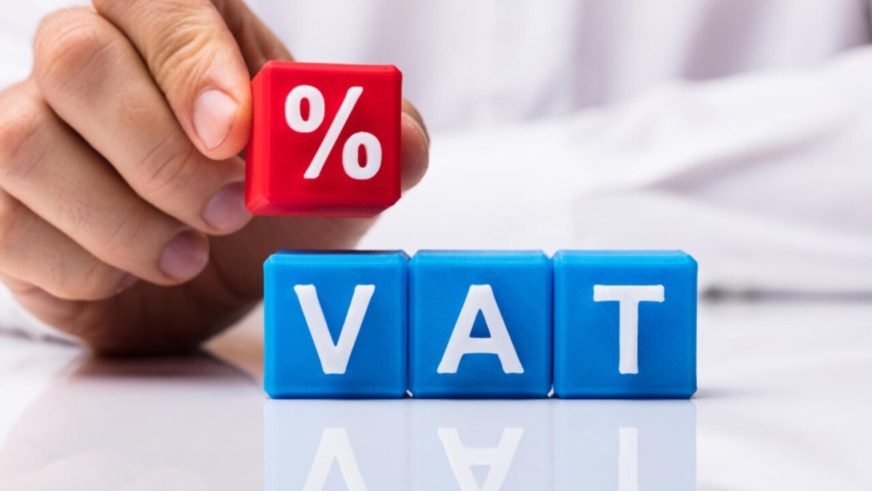With unanimous approval and the formal signing of the GCC United VAT Agreement by all member nations, the implementation of the VAT taxation system in GCC Member States is on the horizon. The target is for it to become fully operational by 2018, and one of the immediate steps entails the formulation of laws and regulations in each member state to facilitate this transition.
As these countries prepare for the introduction of VAT, businesses, especially those unfamiliar with the concept of Indirect Taxation, are left pondering its consequences. Undoubtedly, businesses will undergo various changes since VAT is a transaction-based tax, requiring meticulous record-keeping to ensure compliance. Therefore, it is essential for businesses to comprehend the essence of VAT and how the VAT system operates. Let’s delve into these aspects.
What Is VAT?
Value Added Tax (VAT) is a tax imposed at every stage of value addition within the product supply chain. It is applied at each point of sale, from the manufacturer to the ultimate consumer. This is achieved by allowing the tax paid on purchases, known as ‘Input Tax Credit’ or ‘input VAT,’ to be offset against the VAT collected on sales, referred to as ‘Output VAT.’ In the end, the entire tax burden is borne by the consumer.
How Does the VAT System Function?
VAT is a consumption-based tax that permits the use of Input Tax Credit, the tax paid on purchases, to offset the VAT liability on sales. If there is any remaining tax liability after this adjustment, it must be remitted to the government.
To illustrate, let’s consider an example:
[Table of Purchases and Sales]
In this example, Best Bicycles Ltd, a bicycle manufacturer, pays VAT of 100 (at a rate of 10%) on the purchase of raw materials necessary for bicycle production. When selling the bicycles to Top Distributor Ltd for 1,500 plus VAT of 150, Best Bicycles Ltd needs to reconcile the input tax of 100 with the output VAT of 150, resulting in a balance of 50 payable to the government.
Top Distributor Ltd, in turn, sells the bicycles to Favourite Bicycles Store for 2,200 plus VAT of 220. Since they have already paid VAT of 150 to Best Bicycles Ltd, they can offset this as Input VAT against the output VAT of 220, resulting in a balance of 70 payable to the government. This 70 VAT amount represents exactly 10% of the value addition of 700.
Favourite Bicycles Store, a retail shop, sells the bicycle to Mr. Imran, an end consumer, for 2,500 with VAT of 250. Similarly, Favourite Bicycles Store can offset the Input VAT of 220 against the output tax of 250 and pays a balance of 30 to the government.
Upon close observation, the total tax paid by all parties (A-One Supplies 100 + Best Bicycles Ltd 50 + Top Distributor Ltd 70 + Favourite Bicycles Store 30) amounts to 250, which is precisely the same amount of VAT paid by Mr. Imran when purchasing the bicycle. Consequently, businesses involved in the supply chain transfer the tax burden to the next stage, and ultimately, VAT is borne by the end consumer.
You can also Register for VAT Registration on our website:
https://thevatconsultant.com/





























